Introduction
Romania, a country located at the crossroads of Central, Eastern, and Southeastern Europe, is a land of stunning landscapes, rich history, and cultural diversity. Known for its captivating natural beauty, medieval castles, and vibrant cities, Romania offers a unique blend of old-world charm and modern dynamism. This comprehensive guide will delve into Romania’s geographical features, political landscape, economic aspects, and provide an overview of its major cities.
Geography
Romania is situated in the southeastern part of Europe, bordered by Ukraine to the north, Bulgaria to the south, Serbia to the southwest, Hungary to the west, Moldova to the east, and the Black Sea to the southeast. Covering an area of approximately 238,397 square kilometers, Romania is the twelfth largest country in Europe.
Natural Features
- Carpathian Mountains: The Carpathian range stretches across the center of Romania, providing a natural barrier and a haven for wildlife. The highest peak, Moldoveanu, rises to 2,544 meters.
- Danube River: The Danube forms part of Romania’s southern border with Bulgaria, and its delta is one of the most biodiverse regions in Europe, recognized as a UNESCO World Heritage site.
- Black Sea Coast: Romania’s southeastern coastline along the Black Sea is known for its resorts and beaches, attracting tourists during the summer months.
Political Situation
Romania is a semi-presidential republic with a democratic political system. The country gained independence from the Ottoman Empire in 1877 and became a republic in 1947 after the abolition of its monarchy.
Government Structure
- Executive: The President, elected for a five-year term, serves as the head of state, while the Prime Minister, appointed by the President, acts as the head of government.
- Legislative: The Parliament of Romania is bicameral, consisting of the Senate and the Chamber of Deputies.
- Judiciary: The judicial system is independent, with the High Court of Cassation and Justice being the highest court in the land.
Political Landscape
Romania has a multi-party system, with the Social Democratic Party (PSD) and the National Liberal Party (PNL) being the most influential. The political environment is characterized by frequent changes in government and a vibrant democratic process.
Economic Aspects
Romania’s economy is classified as a high-income economy by the World Bank. Over the past decade, the country has experienced significant economic growth, driven by various sectors.
Key Economic Sectors
- Agriculture: Romania has a rich agricultural tradition, producing grains, vegetables, fruits, and livestock. The fertile plains and favorable climate contribute to a thriving agricultural sector.
- Industry: The industrial sector is diverse, including automotive, machinery, chemical, and textile manufacturing. Romania is also known for its IT and software development industry.
- Services: The services sector, particularly tourism, retail, and financial services, plays a crucial role in the economy.
Economic Challenges
Despite impressive growth, Romania faces challenges such as income inequality, corruption, and infrastructural deficits. Efforts are ongoing to address these issues and enhance economic stability and development.
Major Cities
Romania's cities reflect its historical and cultural heritage while embracing modernity and development. Here’s a look at some of the major cities:
Bucharest
As the capital and largest city, Bucharest is the political, economic, and cultural heart of Romania. Known for its wide boulevards, beautiful parks, and eclectic architecture, Bucharest is home to the Palace of the Parliament, one of the largest administrative buildings in the world.

Cluj-Napoca
Often referred to as the unofficial capital of Transylvania, Cluj-Napoca is a vibrant university city known for its lively arts scene, historic landmarks, and dynamic nightlife. It is a hub for technology and innovation, attracting young professionals and entrepreneurs.
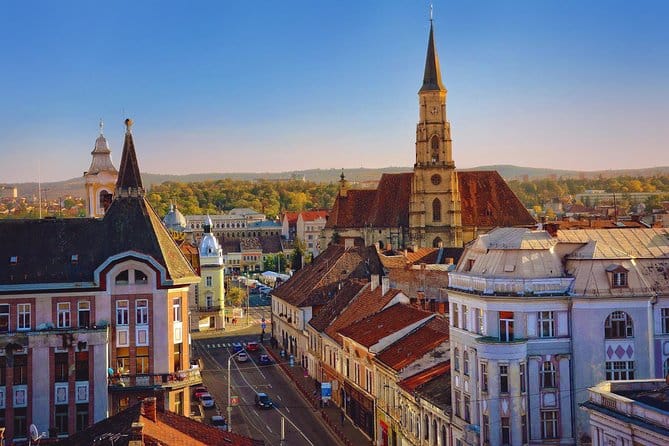
Timișoara
Located in western Romania, Timișoara is known for its historical significance as the starting point of the 1989 Romanian Revolution. The city boasts beautiful architecture, green spaces, and a multicultural atmosphere, with a strong presence of ethnic minorities.
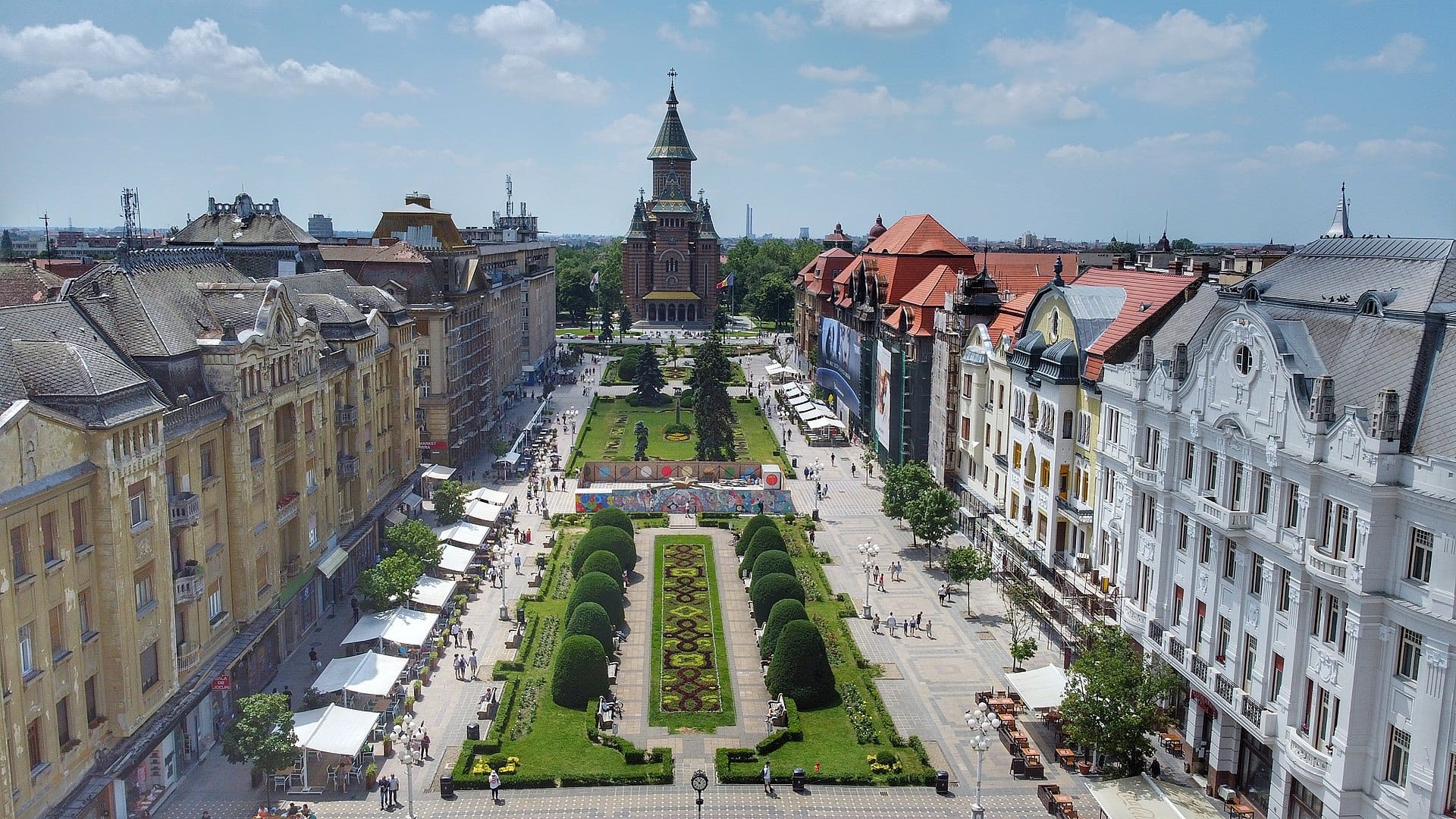
Iași
Iași, situated in northeastern Romania, is a major cultural and academic center. It is home to some of the oldest universities in Romania and numerous historical monuments, including the impressive Palace of Culture.
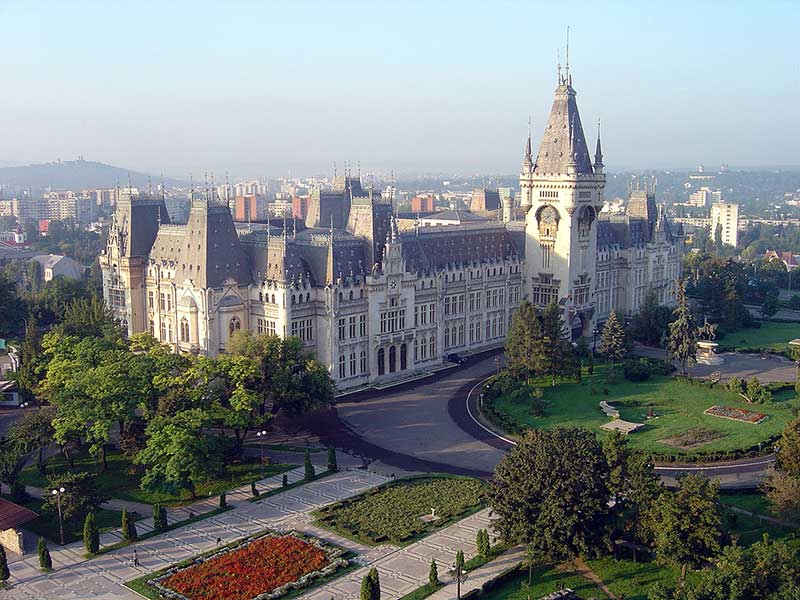
Constanța
Constanța, located on the Black Sea coast, is Romania’s oldest continuously inhabited city and a major port. It is a popular tourist destination known for its beaches, archaeological treasures, and the Mamaia resort.
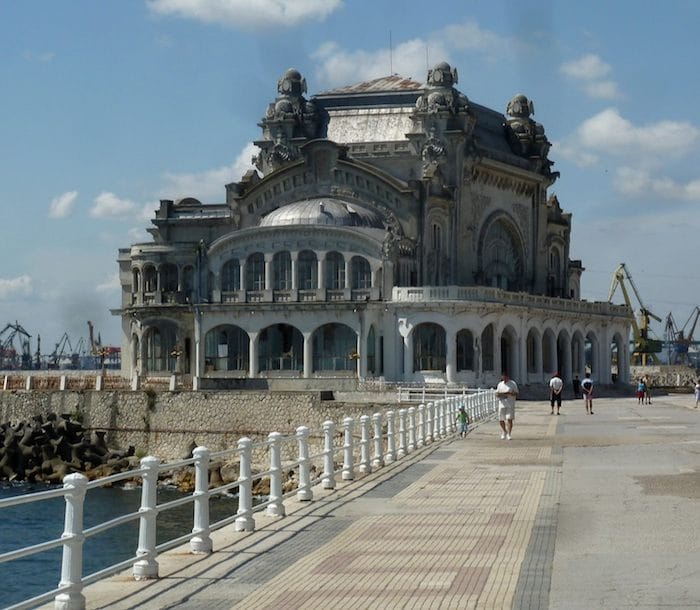
Brașov
Nestled in the heart of the Carpathian Mountains, Brașov is famous for its medieval charm, fortified churches, and proximity to the iconic Bran Castle, often associated with the Dracula legend.
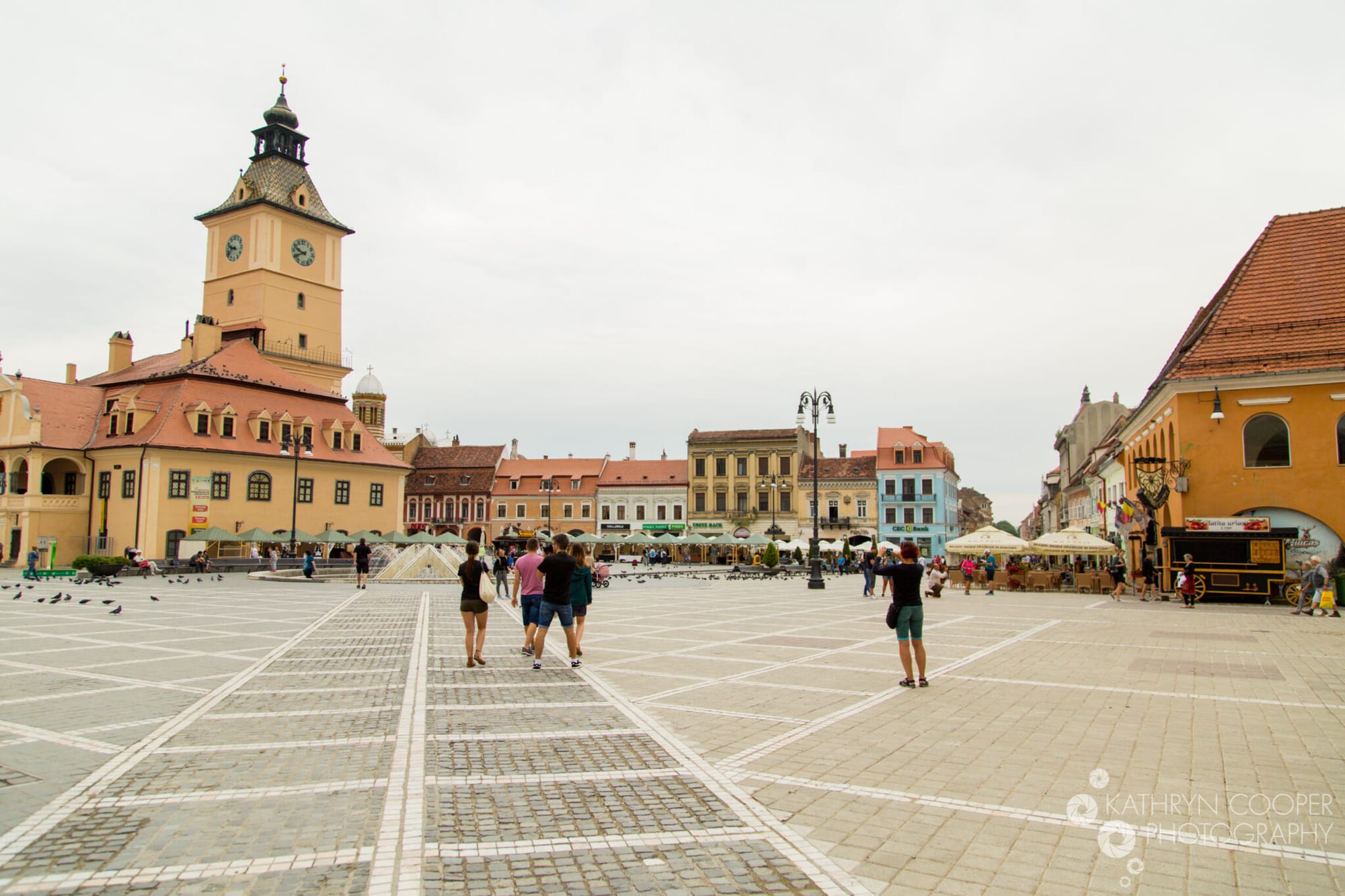
Conclusion
Romania is a country of contrasts, where ancient traditions blend seamlessly with modern innovation. Its diverse geography, evolving political landscape, growing economy, and vibrant cities make it an intriguing destination for travelers and investors alike. Whether you’re drawn to the bustling streets of Bucharest, the cultural richness of Cluj-Napoca, or the natural beauty of the Carpathians and the Black Sea, Romania offers a wealth of experiences waiting to be discovered.
By exploring Romania’s multifaceted identity, one can gain a deeper appreciation for its role in the European landscape and its potential for future growth and development.
